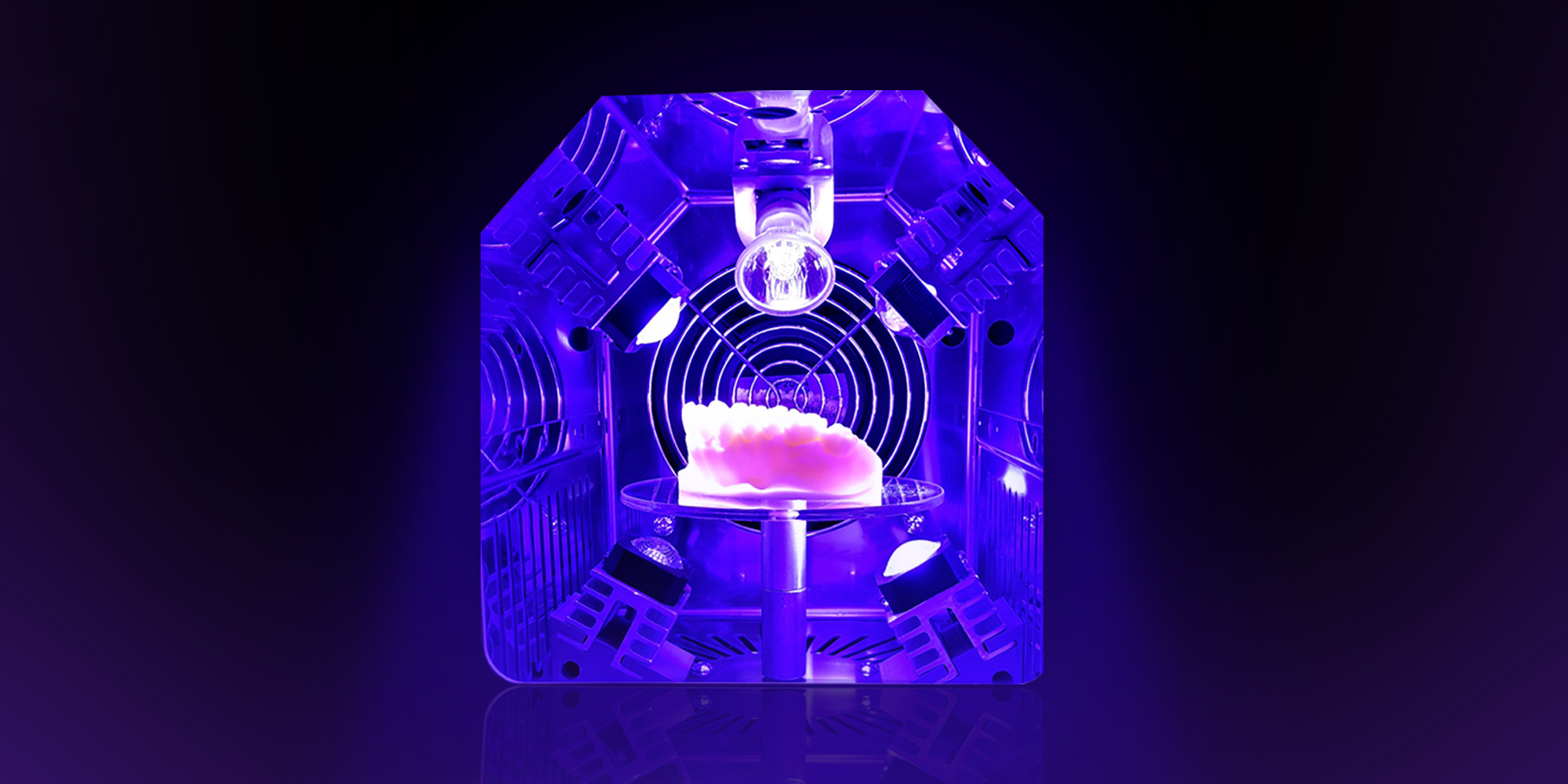Nowadays, it has become an indispensable piece of equipment for the dental laboratory.
It is mainly used to mix plaster and veneer, some also have the ability to work on silicones.
What are the requirements that this instrument must have?
First, it must be equipped with a vacuum pump, preferably a dry one, as it does not release oil vapours and requires virtually no maintenance.
The vacuum value inside the cup must be – 0.75/0.80 Bar
no higher, as this could trigger the phenomenon of the liquid boiling even at room temperature and this would be detrimental to the mixture.
It is important to have several different cup sizes to work correctly on the required amounts of product.
The shape of the cup also has its importance; it is better to avoid cups with a square profile that are difficult to clean in the corners and choose a cup that has a wide connection between the bottom and the vertical wall.
The spatulas must obviously be made of stainless steel and the container is preferably made of transparent material that allows a glimpse of the inner level of the material.
The speed of rotation of the spatula must be adequate for the type of material used, normally about 400 RPM works well with both plaster and coating.
Many units on the market are equipped with unidirectional rotation, i.e. they rotate in one direction only, while some more advanced models are equipped with preset working cycles. This feature, although not indispensable, always helps to improve the final mix.
In our latest MX5 mixer we wanted to tilt the axis of rotation of the mixer by 10° in order to further limit the effect of material depositing on the bottom of the bowl. This forces the material to move from the centre of the bowl to the edge where it is picked up by the spatula and put back into the process.
A highly recommended trick is not to use the same cup with plaster and coating but to use 2 different cups each dedicated to its material.





